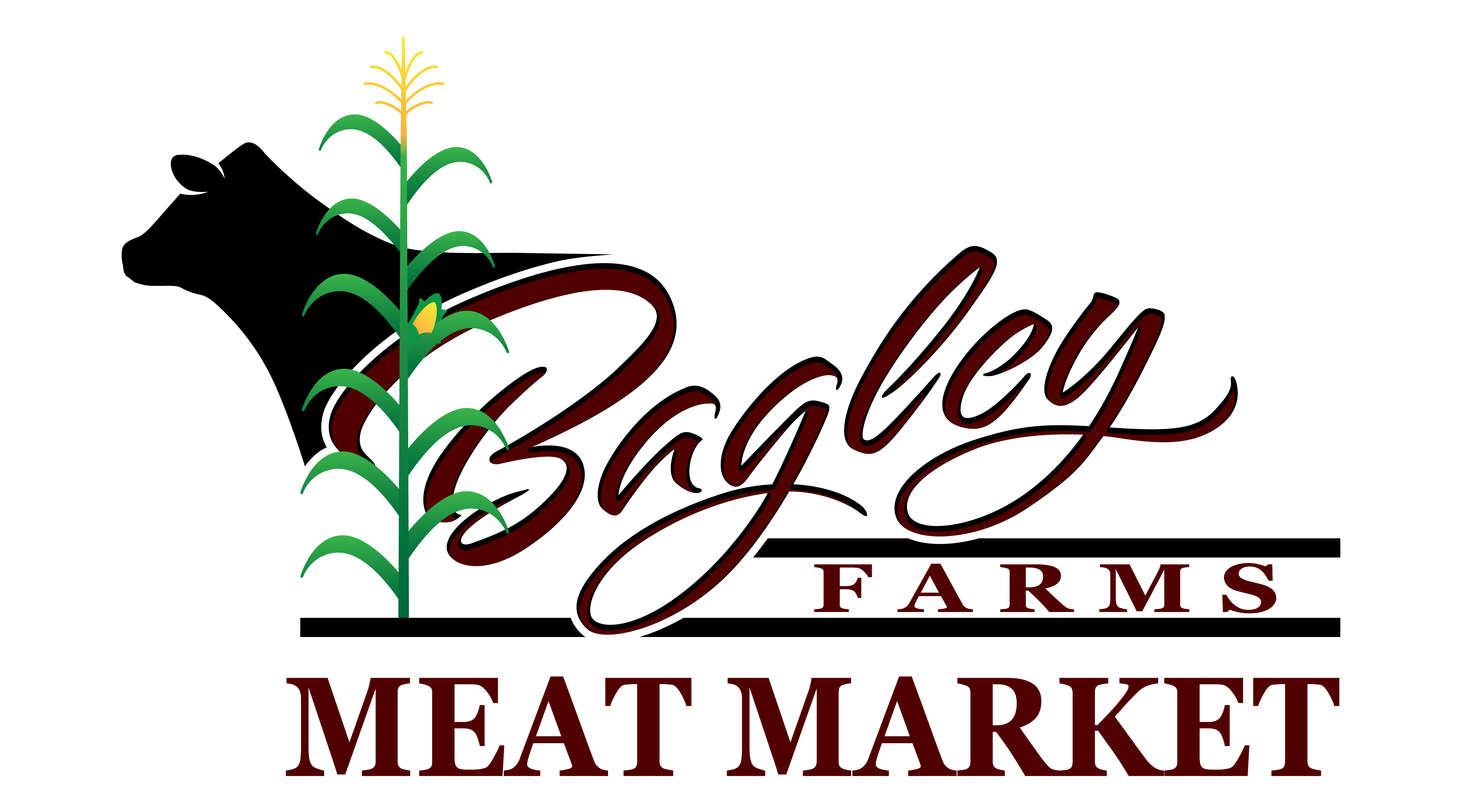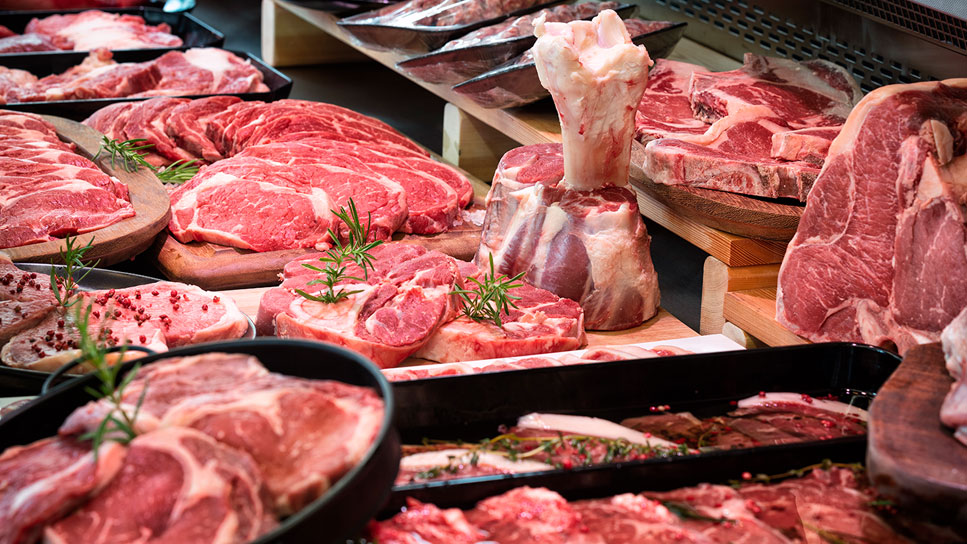Your preferred spot for fresh meats is Bagley Meat Market Edwardsville IL.
Your preferred spot for fresh meats is Bagley Meat Market Edwardsville IL.
Blog Article
How to Pick the Perfect Cut of Meat From a Trusted Meat Market
Picking the perfect cut of meat from a relied on meat market calls for a thoughtful approach that balances high quality, cooking objective, and budget. Comprehending the different kinds of meat and their corresponding cuts is important, as is engaging with your butcher to get understandings right into sourcing and preparation.
Understanding Meat Cuts


As an example, the tenderloin is valued for its buttery texture and very little connective tissue, making it excellent for quick food preparation techniques such as cooking or pan-searing. In comparison, harder cuts like the brisket or shank gain from slow food preparation techniques to damage down collagen, yielding rich and flavorful results.
In addition, the fat material of a cut plays a crucial duty in flavor account and wetness retention during food preparation. Cuts with higher fat material, such as ribeye, provide an even more robust taste, while leaner choices, like sirloin, may call for careful prep work to stay clear of dryness (bagley meat market edwardsville il). Comprehending these subtleties enables educated selections that elevate cooking productions, making sure that each recipe showcases the best high qualities of the picked meat
Factors to Think About
When choosing the ideal cut of meat, numerous essential elements enter into play that can considerably affect the final recipe. Firstly, think about the sort of meat you want-- beef, pork, lamb, or poultry-- as each offers distinct flavors and structures. The details cut within that group is just as essential; for example, ribeye provides abundant marbling, while tenderloin provides a lean, buttery texture.
An additional element is the cooking approach you prepare to make use of. Cuts ideal for barbecuing, such as T-bones or sirloins, vary from those better matched for slow-moving cooking, like chuck roasts or shanks. Additionally, quality is extremely important; always pick meat with a vibrant color and firm structure, indicating high quality and proper handling.
Premium cuts might provide remarkable taste, however there are likewise cost-effective alternatives that, when prepared appropriately, can generate delicious outcomes. Balancing these aspects will aid you select the excellent cut for your culinary demands.
Concerns to Ask Your Butcher
A butcher's competence can be very useful when choosing the optimal cut of meat for your cooking endeavors. Start by making inquiries about the source of the meat.
Following, inquire about the various cuts offered for the kind of meat you like. A knowledgeable butcher will certainly clarify the nuances of each cut, assisting you select one that matches your food preparation approach and desired result. Do not wait to ask about the most effective cooking strategies for a specific cut; butchers typically have ideas that can boost your dish.
It's also prudent to ask regarding the meat's freshness. Inquire regarding the distribution timetable and just how often the meat is restocked. This will provide you self-confidence in the top quality of what you are purchasing. Ask for referrals based on your individual taste choices. A good butcher will be eager to share their know-how and recommend cuts that will certainly delight your taste buds. Engaging your butcher with these questions can considerably improve your meat selection experience.
Identifying High Quality Meat

Appearance is an additional crucial element; high quality meat must really feel strong and a little springy to the touch. Avoid any cuts that feel slimy or excessively dry, as these can suggest wasting or incorrect storage space. In addition, scent plays an essential role; fresh meat should have a clean, neutral scent, while any type of off-putting or sour smells are red flags.
Finally, think about the source. Getting from a respectable meat market, where the meat's origin is understood, can make sure greater high quality requirements. By focusing on these signs-- color, marbling, texture, scent, and resource-- you can with confidence pick cuts that will certainly raise your cooking and dining experience.
Cooking Methods for each and every Cut
Selecting the right food preparation approach is vital for maximizing the flavor and inflammation view it of each cut of meat. Different cuts possess one-of-a-kind features that dictate the most ideal food preparation methods.
For tender cuts, such as filet mignon or ribeye, completely dry warmth methods like cooking, broiling, or pan-searing are perfect. These strategies enhance the all-natural tastes while guaranteeing a juicy, delicious appearance. Conversely, tougher cuts, such as chuck or brisket, gain from moist heat techniques, including braising or slow food preparation. These methods help damage down connective cells, resulting in a tender, savory recipe.
Pork chops and poultry busts are functional and can be prepared making use of both completely dry and moist methods. While grilling or roasting can yield delicious outcomes, poaching or sautéing can preserve dampness and inflammation. For lamb, approaches like toasting or braising are advised, as they enhance the meat's durable taste.

Verdict
Finally, selecting the excellent cut of meat from a reputable meat market requires an extensive understanding of meat cuts and factor to consider of different factors, including resource, high quality, and food preparation techniques. Involving with the butcher through targeted questions can yield beneficial insights and referrals tailored to top article particular culinary demands. Prioritizing both high quality and budget will boost the overall gastronomic experience, making sure that the chosen cut satisfies assumptions in both flavor and preparation.
Report this page